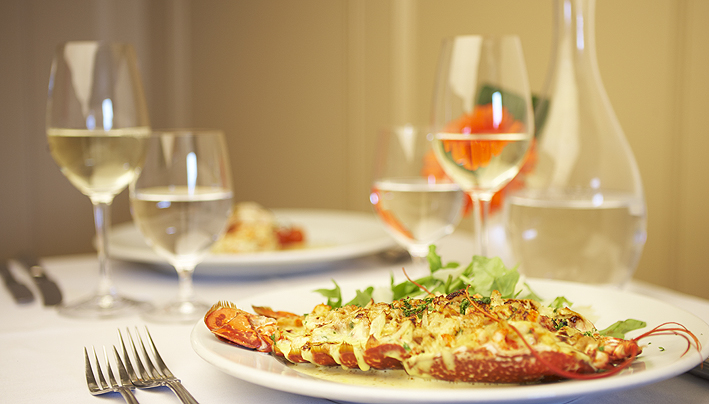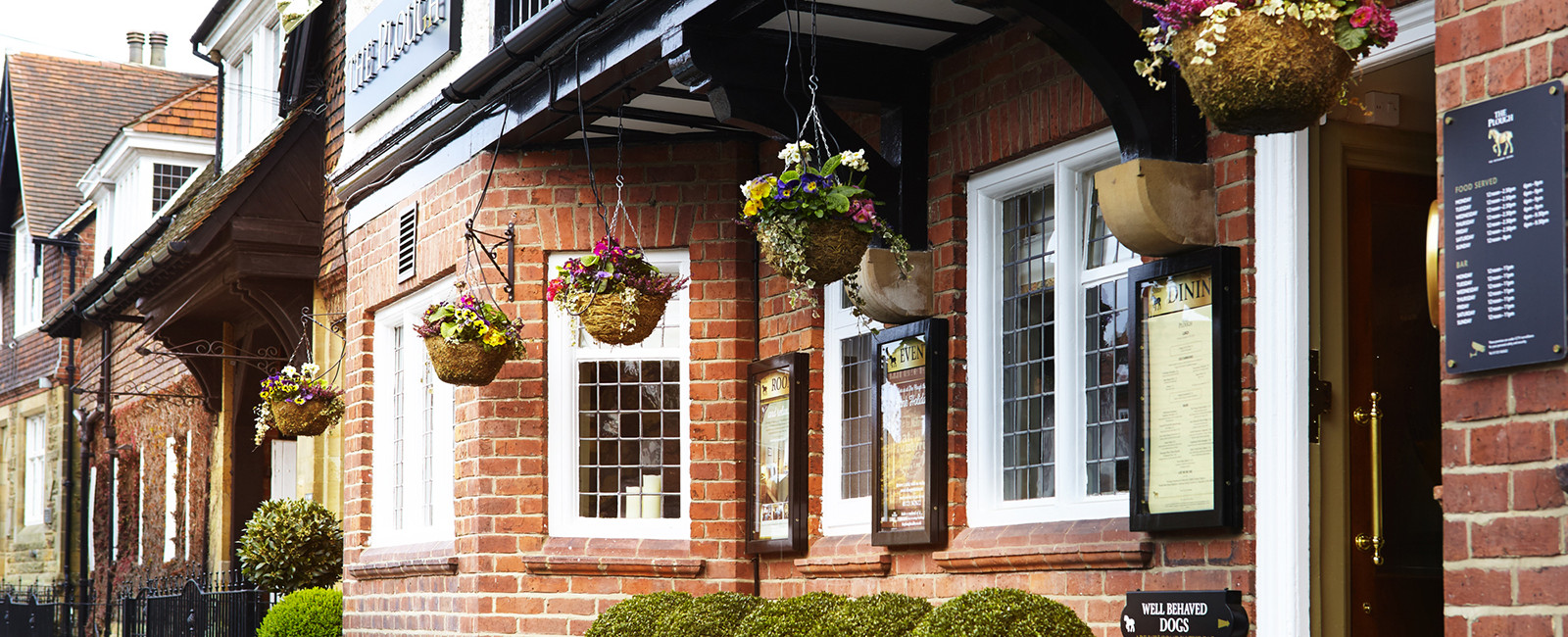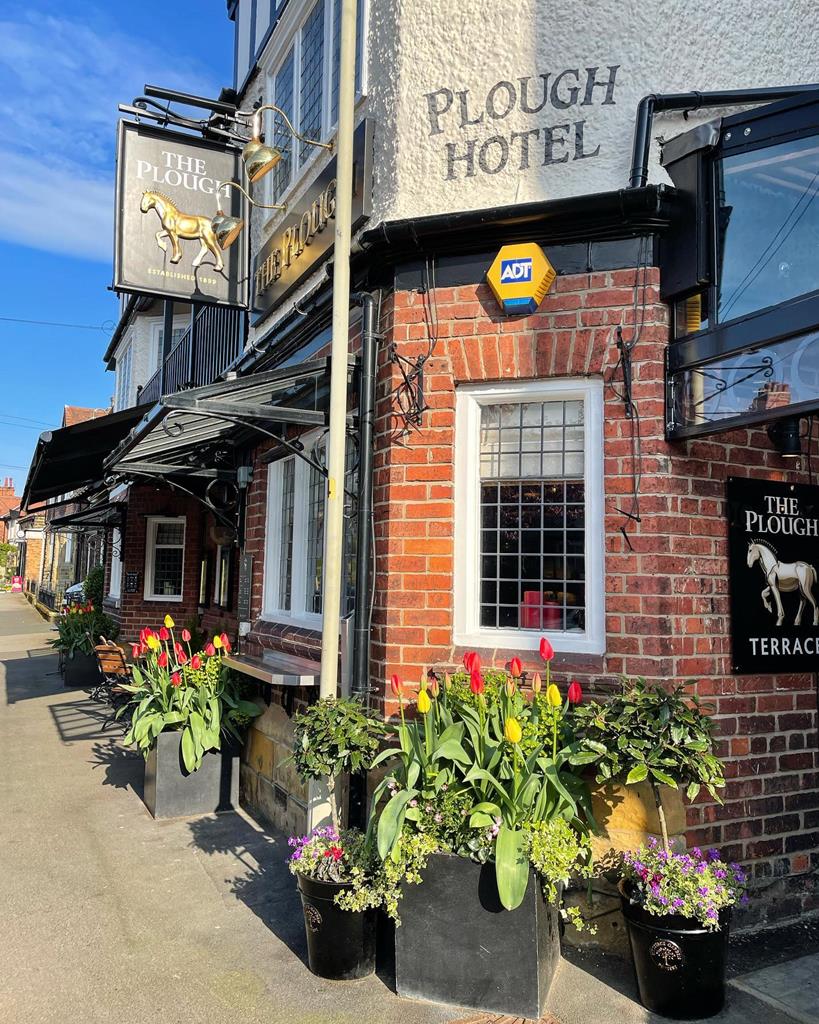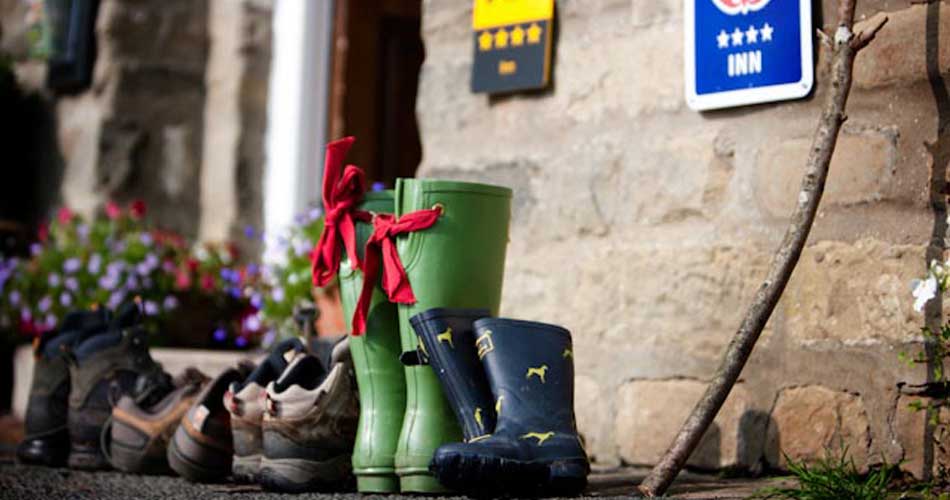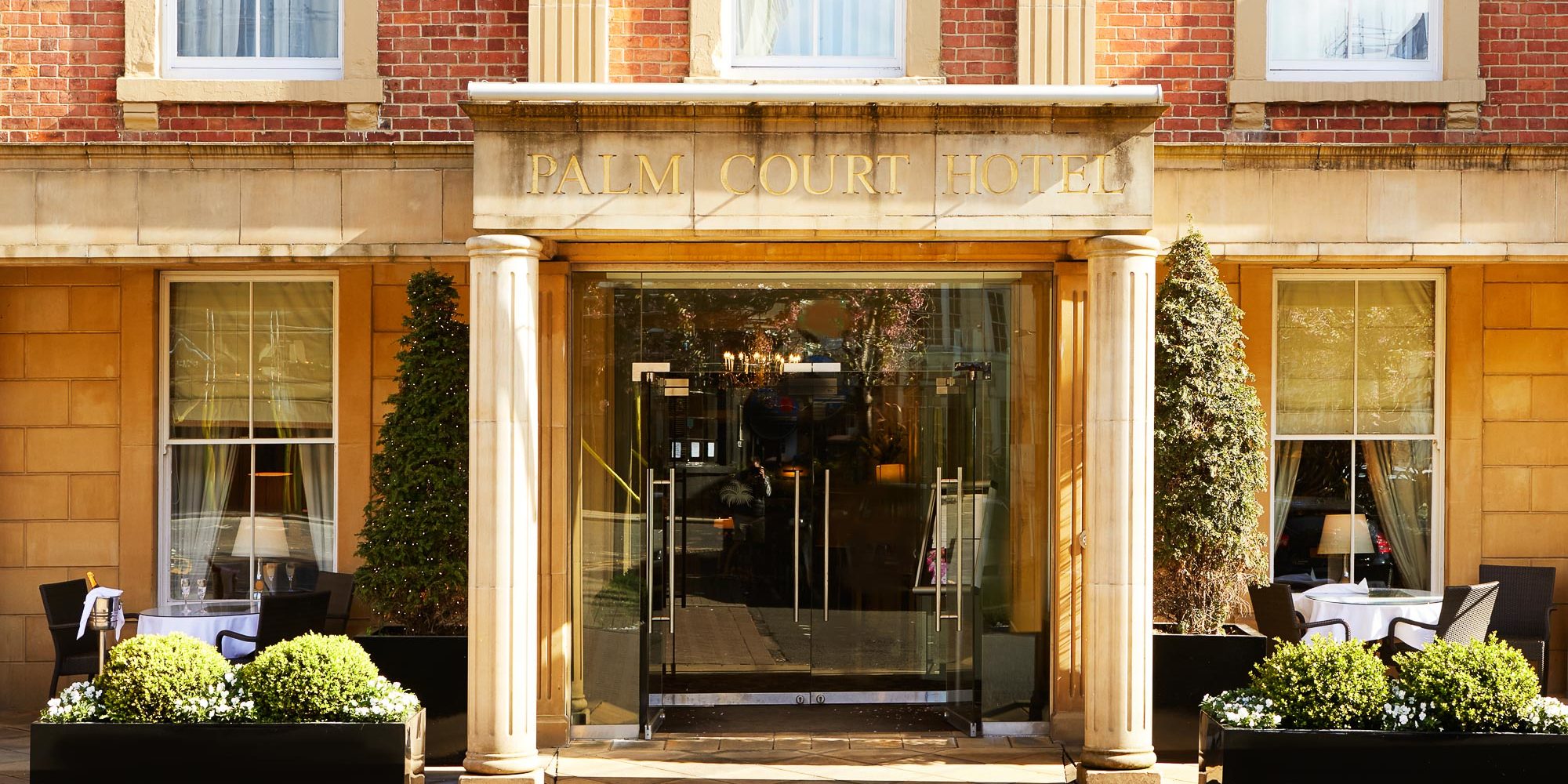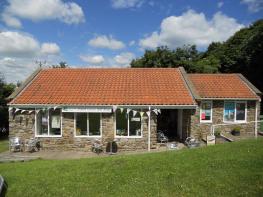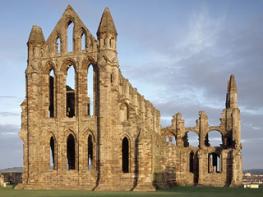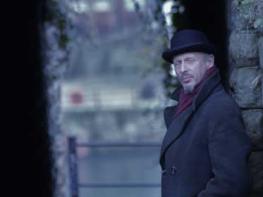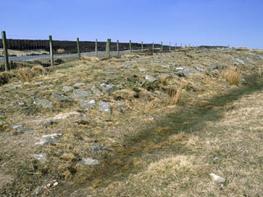West House is a spacious mid-terraced property with a calm and airy feel throughout. Having…
Robin Hood's Bay and Boggle Hole

4 miles (6.4kms)
About the walk
For countless holidaymakers, Robin Hood’s Bay is perhaps the most picturesque of the Yorkshire Coast’s fishing villages – a tumble of pantiled cottages that stagger down the narrow gully cut by the King’s Beck. Down at the shore, boats are still drawn up on the Landing, though they are more likely to be pleasure craft than working vessels.
Narrow courtyards give access to tiny cottages, whose front doors look over their neighbours’ roofs. Vertiginous stone steps link the different levels. One of the narrow ways, called The Bolts, was built in 1709, to enable local men to evade either the customs officers or the naval pressgangs – or perhaps both. In 1800 everyone who lived in the Bay was, supposedly, involved with smuggling. The geography of the village gave it several advantages. The approach by sea was, usually, the easiest way to the village; landward, it was defended by bleak moorland and its steep approach. And the villagers added to the case with which they could avoid customs by linking their cellars, so that (it is said) contraband could be landed on shore and passed underground from house to house before being spirited away from the clifftop with the officers never having glimpsed it. There was a settlement where the King’s Beck reaches the coast at least as far back as the 6th century. Despite strong claims that Robin Hood was a Yorkshireman, no one has yet put forward a convincing reason why this remote fishing village should bear his name – as it has since at least the start of the 16th century. Legend is quick to step in; two of the stories say that either Robin Hood was offered a pardon by the Abbot of Whitby if he rid the East Coast of pirates, or that, fleeing the authorities, he escaped arrest here disguised as a local sailor.
Boggle Hole is one of the classic places to find the fossilised, tightly coiled shells of ammonites. They are the remains of dactylioceras, a marine creature, related to the modern-day squid and octopus, which lived between 400 million and 60 million years ago. Ammonites vary in scale from fingernail-sized specimens to ones as large as car tyres. Locally they are known as St Hilda’s Snakes, after the legend that Hilda, establishing her abbey in Whitby, found the place she had chosen infested with snakes. She used her spiritual power to decapitate them and then force them over the cliff into the sea.
Walk directions
Leave the station car park by the entrance and turn right. After the roundabout near the Victoria Hotel, go down the steep main street of Robin Hood’s Bay, bearing right then left as the street bends. At the bottom of the hill, just before you reach the shore at the Landing, turn right up Albion Road, signed ‘Cleveland Way’. By Flagstaff Cottage, turn left up a flight of steps. The path ascends steeply up boardwalk steps to reach the clifftop path.
Where it turns left, through a gate, follow the Boggle Hole sign, still along the Cleveland Way. Go through a gate by the National Trust Boggle Hole sign and continue along the path, which eventually descends steep steps into Boggle Hole.
Cross the footbridge and ascend the other side to reach the metalled lane. Turn right, uphill, leaving the Cleveland Way. Follow the lane past a car park and houses. Go right at a fork (signed Fylingthorpe), go downhill to cross the stream and, a short distance further on, part-way up the hill, turn right up steps.
The steps take you onto the former railway track. Keep right where the path forks, and follow the line, which goes under an archway and then crosses a lane. Soon it goes through two gates at a farm and eventually reaches a gate onto a main road. Turn right along the road, and after 100yds (91m) turn left, signed ‘Village Hall’; the path brings you back to the car park
Additional information
Clifftop paths, quiet lanes and a return along the former railway line
Coastline, then rolling inland pasture
Dogs can run free on the old railway line
OS Explorer OL27 North York Moors, Eastern Area
Car park at top of hill into Robin Hood’s Bay, by the old railway station
Car park at Robin Hood's Bay
WALKING IN SAFETY
Read our tips to look after yourself and the environment when following this walk.
Find out more
Also in the area
About the area
Discover North Yorkshire
North Yorkshire, with its two National Parks and two designated Areas of Outstanding Natural Beauty, is England’s largest county and one of the most rural. This is prime walking country, from the heather-clad heights of the North York Moors to the limestone country that is so typical of the Yorkshire Dales – a place of contrasts and discoveries, of history and legend.
The coastline offers its own treasures, from the fishing villages of Staithes and Robin Hood Bay to Scarborough, one time Regency spa and Victorian bathing resort. In the 1890s, the quaint but bustling town of Whitby provided inspiration for Bram Stoker, who set much of his novel, Dracula, in the town. Wizarding enthusiasts head to the village of Goathland, which is the setting for the Hogwarts Express stop at Hogsmeade station in the Harry Potter films.
York is a city of immense historical significance. It was capital of the British province under the Romans in AD 71, a Viking settlement in the 10th century, and in the Middle Ages its prosperity depended on the wool trade. Its city walls date from the 14th century and are among the finest in Europe. However, the gothic Minster, built between 1220 and 1470, is York’s crowning glory.
Nearby stays
Restaurants and Pubs
Nearby experiences
Recommended things to do
Why choose Rated Trips?
Your trusted guide to rated places across the UK
The best coverage
Discover more than 15,000 professionally rated places to stay, eat and visit from across the UK and Ireland.
Quality assured
Choose a place to stay safe in the knowledge that it has been expertly assessed by trained assessors.
Plan your next trip
Search by location or the type of place you're visiting to find your next ideal holiday experience.
Travel inspiration
Read our articles, city guides and recommended things to do for inspiration. We're here to help you explore the UK.



